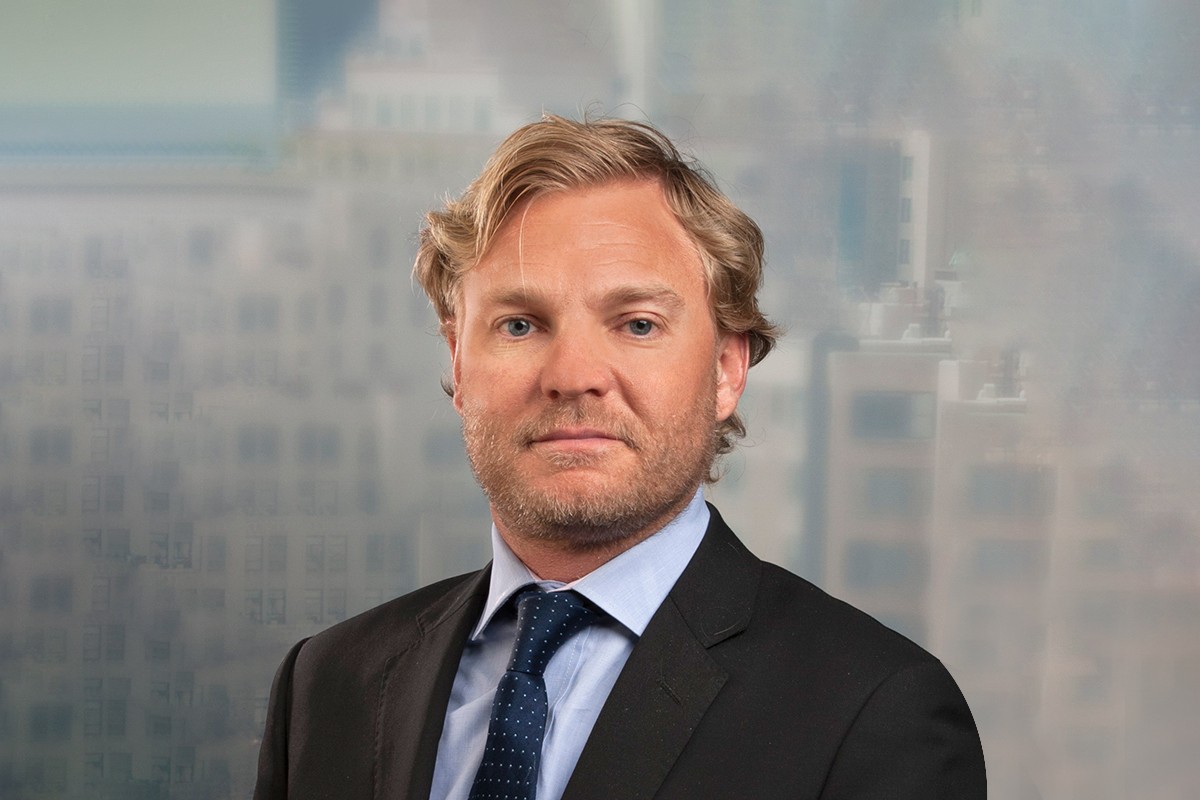EY refers to the global organization, and may refer to one or more, of the member firms of Ernst & Young Global Limited, each of which is a separate legal entity. Ernst & Young Global Limited, a UK company limited by guarantee, does not provide services to clients.
How EY can help
-
We help you effectively harness the power of technology to simplify, rationalize and centralize your firm’s operations, clearing the way to improve efficiency and extend product capabilities to attract new investments.
Read more
The EY team rolled out the new platform in Asia-Pacific, Europe and North America over several years. The firm's global competency and network proved invaluable in supporting the client’s aspirations to build a global operating model. Success was achieved through local and global alignment and connectivity. Some staff who were working on other engagements even moved to different EY locations in order to more effectively support this project.
Alongside the implementation of the global operating platform, the asset manager was looking to draw upon our global organization's experience to support its business champions in the resolution of design, data and configuration issues. EY teams helped with issues such as system integration testing, user acceptance testing, data conversion and training. The teams also continued to support the global migration post implementation to support a smooth transition.
The latter service was particularly important with regard to the middle-office platform. Many of the asset manager’s middle-office functions had been outsourced, so the EY teams helped to facilitate a knowledge transfer process, effectively “downloading” institutional knowledge from the outsource provider and then “uploading” it to the asset management firm.
Legacy in-house developed systems created additional complexity related to global reporting needs, as the new solution relied on this legacy system to supply some of the data. Configuring the systems involved some challenges because of dependencies in aligning the right information from the source database into the new platform.
One of the implementations began just before the COVID-19 pandemic, which affected normal communications. Unable to sit side by side with the client’s front-office users, we effectively utilized virtual communication to answer questions and facilitate training. Despite the pandemic and the other resulting challenges, the implementation was still completed on time.








